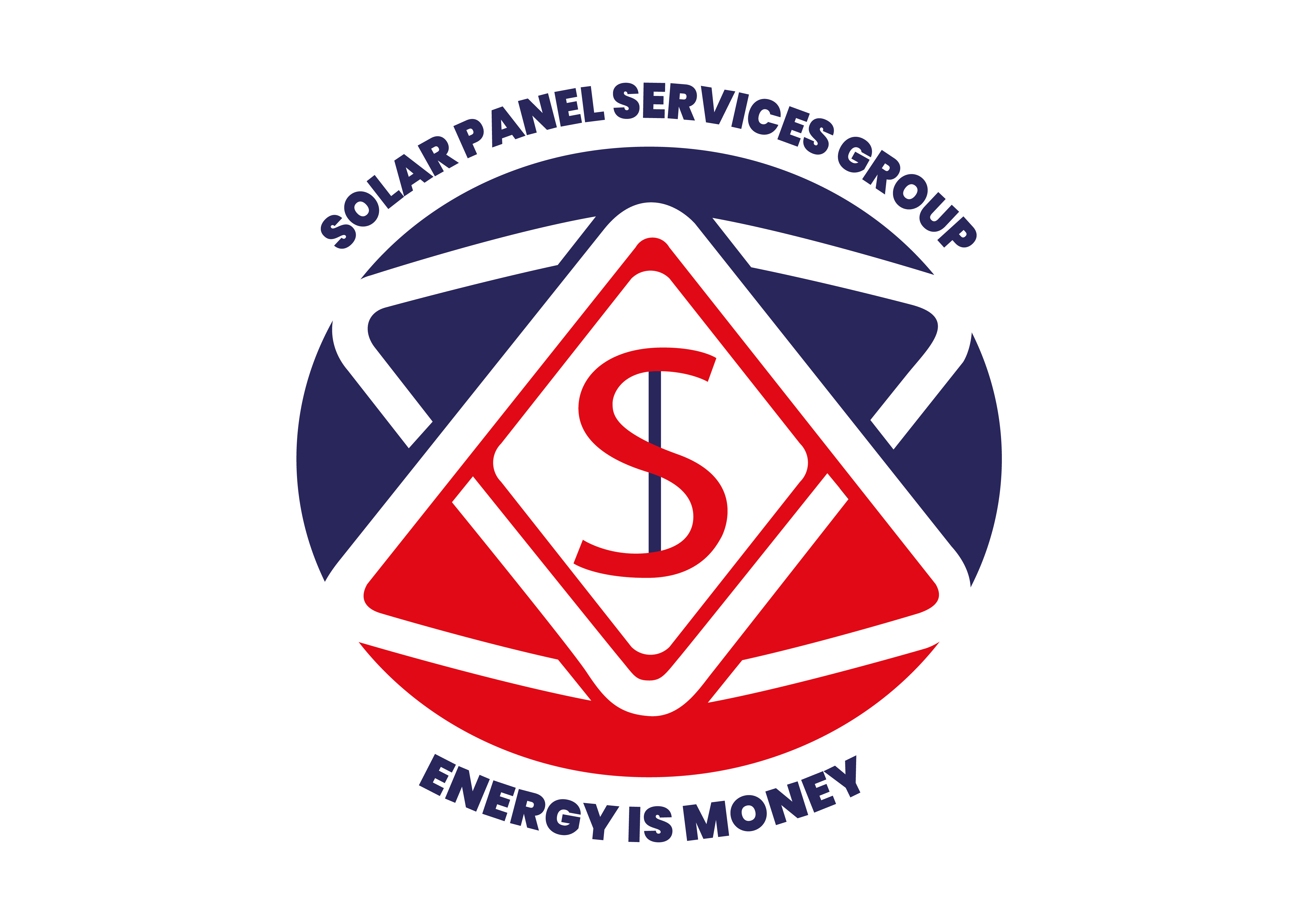Latest News
- Home
- Blogs
- Solar Energy
- how do solar fields work | solar panel service group
Experience the inner workings of solar fields and how do solar fields work harness the sun’s energy to power the world. Explore the technology behind solar panels, grid integration, and environmental benefits. Unveil the future of sustainable energy. Dive into the world of solar fields today!”
In a world increasingly concerned about sustainability and the environmental impact of traditional energy sources, solar fields have emerged as a beacon of hope. These vast expanses of solar panels quietly convert sunlight into electricity, providing a clean and renewable energy source.
If you’ve ever wondered how do solar fields work and how they contribute to a greener future, you’re in the right place. In this comprehensive guide, we’ll take you through the intricate workings of solar fields, from the sun’s rays to powering your homes and businesses.
Solar fields are vast installations of solar panels strategically positioned to capture sunlight and convert it into electricity. This sustainable energy source has gained popularity due to its environmentally friendly nature and potential cost savings. So, how exactly do solar fields harness the power of the sun?
Harnessing the Sun’s Energy: Photovoltaic Cells
At the heart of every solar panel lies photovoltaic cells, commonly known as solar cells. These cells are made of semiconductor materials, such as silicon, that can convert sunlight into electricity through a process called the photovoltaic effect. When sunlight hits the cells, it excites electrons, generating a flow of direct current (DC) electricity.
The Role of Inverters: DC to AC Conversion
However, most of our appliances and electrical systems use alternating current (AC). To make the electricity generated by solar panels usable, inverters come into play. They convert the DC electricity produced by solar cells into AC electricity that can power homes and businesses.
Energy Storage Solutions: Batteries in Solar Fields
Solar fields often integrate energy storage solutions, such as batteries, to store excess electricity for use during cloudy days or at night. These batteries ensure a constant and reliable power supply, reducing dependence on the grid.
Grid Integration: Feeding Power to the Network
Excess electricity generated by solar fields can be fed back into the electrical grid, benefiting both the environment and your wallet through net metering or feed-in tariffs. This surplus energy contributes to a more stable and sustainable energy grid.
Solar Tracking Systems: Following the Sun’s Path
To maximize energy production, solar panels in some fields are equipped with solar tracking systems. These systems follow the sun’s path throughout the day, ensuring that the panels are always at an optimal angle to capture sunlight.
Environmental Benefits: Reducing Carbon Footprint
Solar fields play a significant role in reducing greenhouse gas emissions and combating climate change. They produce clean electricity without emitting harmful pollutants, making them an essential part of a sustainable energy future.
Maintenance and Efficiency: Keeping Solar Fields Productive
Proper maintenance is crucial for the efficiency and longevity of solar fields. Regular inspections, cleaning, and repairs ensure that these installations continue to produce clean energy for years to come.
The Future of Solar Fields: Advancements and Innovations
Ongoing research and development are driving innovations in solar technology. From more efficient panels to advanced energy storage solutions, the future of solar fields looks promising.
Solar Fields on a Global Scale: Success Stories
Around the world, solar fields are making a significant impact on energy production. From the massive solar farms in the deserts of the Middle East to smaller community-based projects, solar fields are transforming the energy landscape.
Solar Energy Myths: Debunking Common Misconceptions
Despite their numerous benefits, solar fields are not immune to misconceptions. We’ll debunk some common myths and clarify misconceptions surrounding solar energy.
Economic Impact: Job Creation and Investment
Solar fields not only benefit the environment but also stimulate economic growth. They create jobs in manufacturing, installation, and maintenance and attract investment in renewable energy.
Solar Fields at Home: Residential Solar Panels
You don’t need a vast solar field to benefit from solar energy. Residential solar panels are a practical and sustainable option for homeowners looking to reduce their energy bills and carbon footprint.
Solar Energy Incentives: Government Support
Many governments offer incentives and subsidies to encourage the adoption of solar energy. These programs can make solar field installations more affordable and attractive for businesses and individuals alike.
Final Thoughts
Solar fields represent a critical step towards a cleaner, more sustainable energy future. By harnessing the sun’s abundant energy, we can reduce our reliance on fossil fuels and combat climate change while enjoying economic benefits.
FAQs
Q1. What is the lifespan of a typical solar panel?
- Solar panels typically have a lifespan of 25 to 30 years or more, with many still producing electricity after three decades.
Q2. Do solar fields work during cloudy days or at night?
- Solar fields can work during cloudy days but are less efficient. At night, they rely on energy stored in batteries.
Q3. How much land is needed for a large-scale solar field?
- The land required for a solar field depends on its capacity and location, but it can range from a few acres to hundreds of acres.
Q4. Are solar fields expensive to maintain?
- Solar field maintenance costs are relatively low compared to the benefits they provide. Routine inspections and cleaning are essential for optimal performance.
Q5. What happens to excess electricity generated by solar fields?
- Excess electricity can be fed back into the grid, allowing solar field owners to earn credits or compensation for their contribution.
